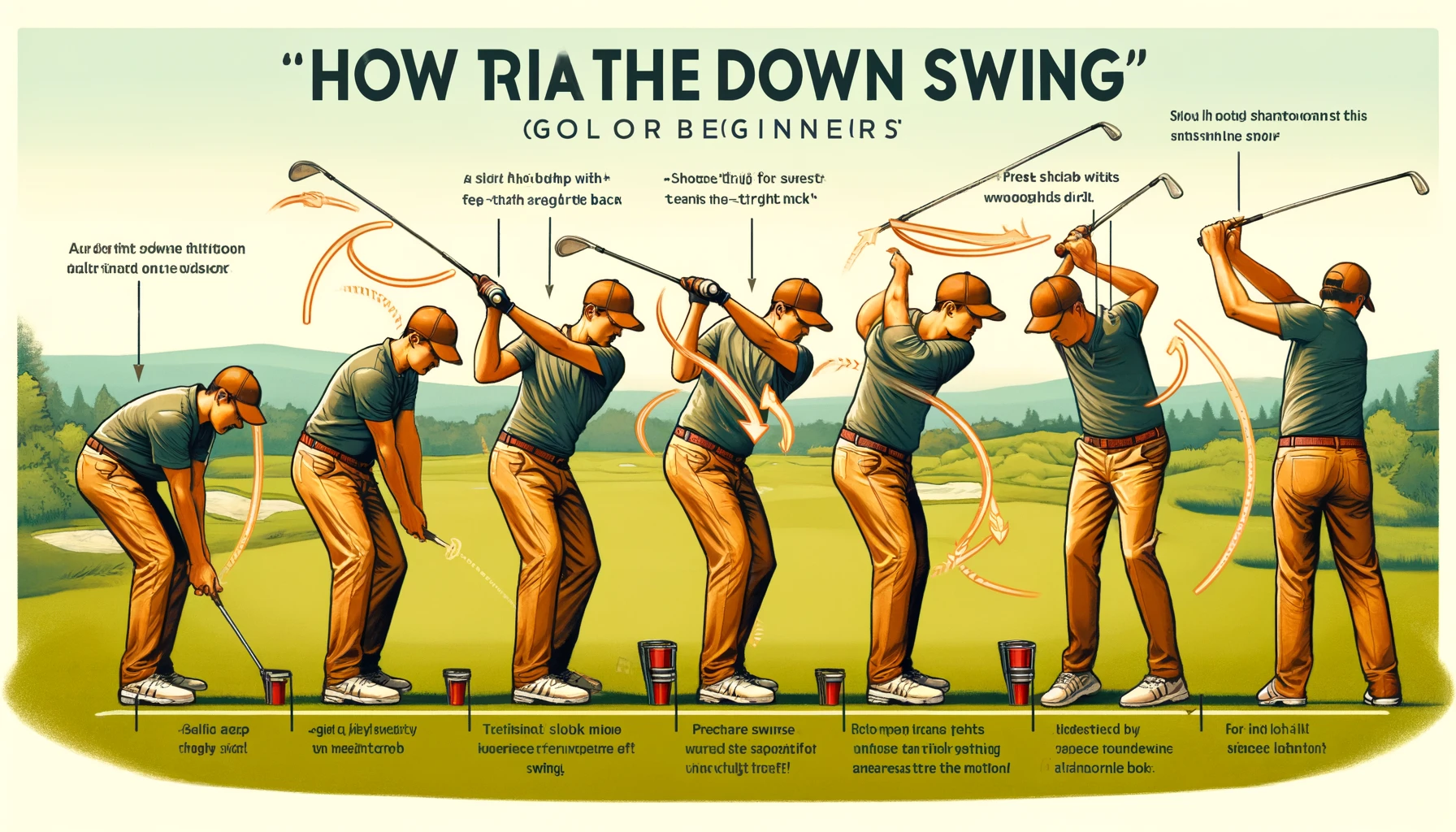As your golf coach, focusing on the downswing is a fantastic way to improve your game significantly. The downswing is crucial because it’s where power and direction are delivered to the ball. For beginners, mastering a smooth, controlled downswing can feel like a game-changer. Let’s dive into how you can train your downswing effectively.
1. Start With the Basics: The Setup
Before we even talk about the downswing, make sure your setup is solid. A good stance, grip, and posture set the stage for a powerful and accurate downswing. Feet shoulder-width apart, a slight bend in the knees, and a straight back are your starting points.
2. Understand the Sequence
The downswing is all about the right sequence. It starts from the ground up. Your lower body leads, followed by your torso, and finally your arms and the club. Imagine a whip; it cracks because of the sequence of the motion, not just because of the speed.
3. Practice the ‘Hip Bump’
A key move to initiate the downswing is a slight lateral move or “bump” of your hips towards the target. This move shifts your weight to your front foot and starts the downswing with your lower body, as it should. Practice this without a club first. Stand in your golf posture, and practice bumping your hips toward the target to start the downswing motion.
4. Drill for Sequence Timing
A great drill to get the feel of the correct sequence is the “Whoosh Drill”. Without a ball, take your golf stance and flip the club around so you’re holding onto the clubhead, with the grip pointing out. Make your backswing, then downswing. You should hear a “whoosh” sound as the grip end moves through the air. The goal is to hear this sound at or slightly past the point where the ball would be. This helps you understand the timing of accelerating through the ball with the correct sequence.
5. Slow Motion Swings
Practice your downswing in slow motion. Seriously slow it down. This helps your body understand and feel the correct motion and sequence. Focus on starting with your hips, then your torso, and let your arms and club naturally follow. Doing this slowly can help you correct errors that you wouldn’t notice at full speed.
6. Use Video Feedback
If possible, record your swing. Seeing your downswing can provide insights that you might not feel. Look for the sequence of your downswing: are your hips leading? Is your lower body initiating the movement? Video can be an incredibly effective tool for understanding and improving your swing.
7. Consistency Through Repetition
Golf is a game of repetition. The more you practice these elements, the more ingrained they will become in your muscle memory. Dedicate time to practice, focusing on these aspects of your downswing.
8. Stay Relaxed
Tension is the enemy of a good golf swing. Ensure your grip pressure is moderate and your arms and shoulders are relaxed during your swing. This will help you maintain a good speed and sequence throughout the downswing.
Remember:
The downswing is a complex movement that takes time to master. Be patient with yourself and celebrate small victories and improvements. As your coach, I’m here to guide you through this process, providing feedback and adjustments as we go. Let’s get out there and start practicing!
Perfect Your Swing with the Right Golf Clubs
You’ve been working hard on your game with our golf tips, but the right tools are essential to truly elevate your performance. It’s not just about skill—what’s in your bag can greatly impact how those skills translate on the course. Upgrading your golf clubs can provide you with better control, increased distance, and more consistent shots, which are crucial for improving your game. Whether you’re a beginner or an experienced golfer, the right clubs make all the difference.
We’ve put together a selection of the top-selling golf clubs on Amazon that are praised for their quality and performance. These picks are favored by golfers for their ability to improve play significantly. Take a look below and consider how new golf clubs could be a game-changer for you. Here’s to playing your best rounds yet!








